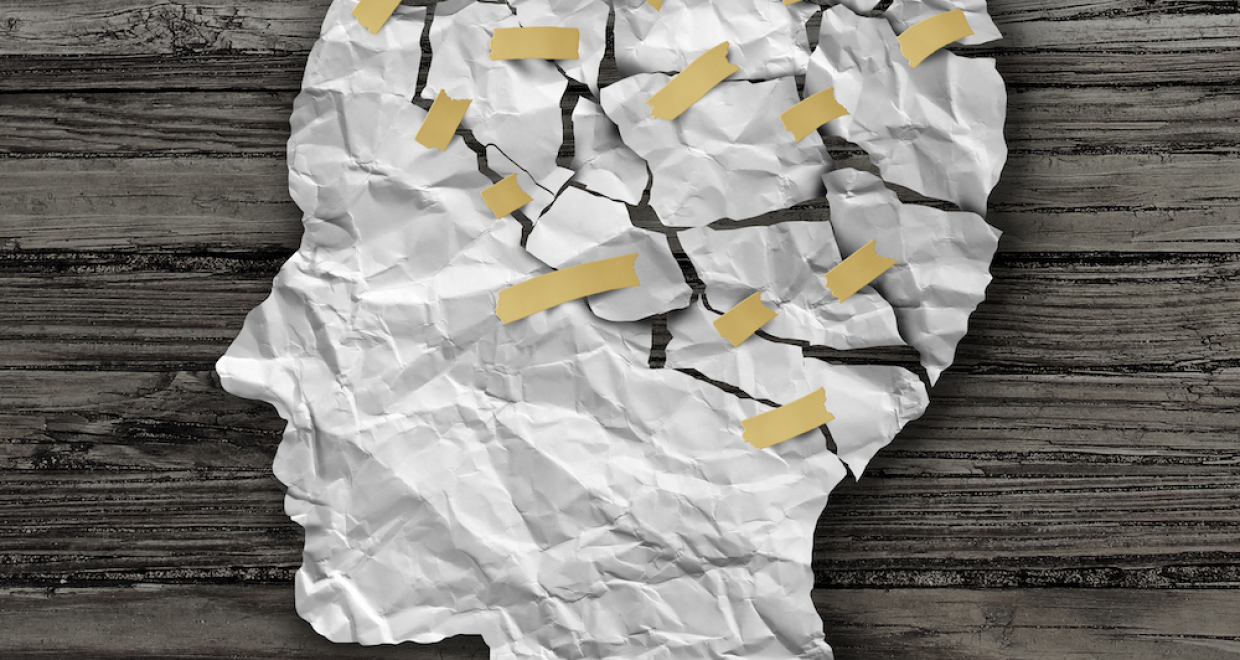The Other Side of Acquired Brain Injury
Acquired brain injuries affect many children each year. They include brain injuries related to stroke, trauma (e.g., blows to the head), prematurity, cardiac arrest and other ways that oxygen to the brain is reduced or cut off, and infections. These injuries can have negative effects on children’s development in terms of their motor, cognitive, behavioral, and social functioning.
Many children with acquired brain injury require follow-up and rehabilitation throughout their lives. Yet, perhaps surprisingly, some children with acquired brain injuries recover quite well and go on to succeed academically and vocationally, have satisfying social relationships, and lead fulfilling lives. How can we explain these surprisingly good outcomes in the face of acquired brain injury? And can we predict who will “do well” after an acquired brain injury? Some children may be naturally more resilient than others, displaying character traits, for example, that make them better able to face adversity and more likely to achieve better outcomes. Other children might flourish because they have short-term outcomes that are less likely to lead to long-term problems, or because they can access external resources to support them along the way. Some children with acquired brain injuries might be spared significant problems because they display healthy behaviors in their everyday lives, or because they have bigger brains or higher cognitive abilities.
In this month’s special section: Resilience and Wellness after Pediatric Acquired Brain Injury from the Journal of the International Neuropsychological Society, explores factors that might explain why some children recover better than others after acquired brain injuries. The articles in the special section concern a variety types of acquired brain injury, including traumatic brain injury and concussion, neonatal stroke, extremely low birthweight and prematurity, and brain tumor. Studies of good or optimal outcomes in children with these types of acquired brain injuries may help to clarify why some are left with chronic problems, while others go on to have a good quality of life. The research presented in the special section is also likely to help identify targets for treatments and other interventions that might help promote positive outcomes and resiliency in children with acquired brain injuries.
Journal of the International Neuropsychological Society (JINS) is the official journal of the International Neuropsychological Society. The journal publishes empirically-based articles covering all areas of neuropsychology and the interface of neuropsychology with other areas, such as cognitive neuroscience.
Read the Introduction for this month’s special section by Miriam and Keith for free here.






